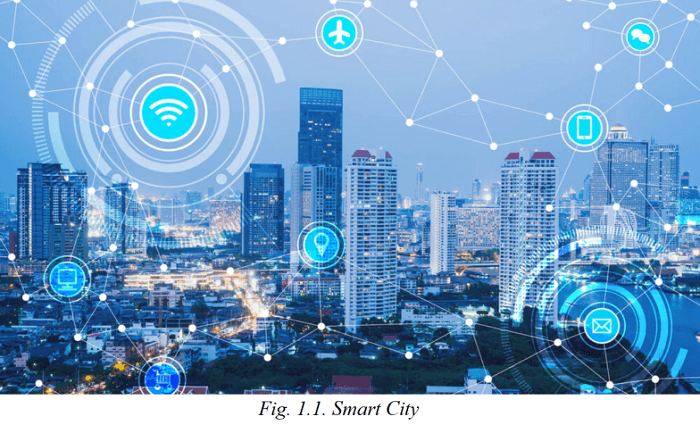List of Smart Cities in India'Smart cities' are defined in a variety of ways, each with its own set of criteria. To put it simply, a smart city is an urban area that makes use of technology to deliver services to residents and address urban issues. In addition to improving mobility and accessibility, a smart city also contributes to sustainable development and provides its residents with a voice, among other things. Despite the fact that the phrase "smart cities" is new, the concept isn't. Ancient Roman towns did, in fact, incorporate components of the notion into their operations, such as the use of technology to make the lives of their residents more convenient. Aqueducts and water drainage systems are only two examples of how they accomplished this. Among the primary objectives of a smart city are increased policy effectiveness, less wastage and annoyance, improved socioeconomic integrity, and increased community cohesion. The smart city, often known as an eco-city or a sustainable city, is a concept aimed at enhancing or lowering the costs of municipal services. For this reason, it distinguishes out: intelligent management, lifestyle, mobility, and housing are only a few of its unique features. One of their primary objectives is to find a way to balance technology advancement with the societal, economic, and environmental demands of the cities of the future. The quality of life is their guiding principle: how to live more harmoniously with others and with the environment. 
Role of Smart CitiesAll economies, including India's, rely on cities as economic engines to propel them forward. India's urban population accounts for around 34.93% of the country's total population and accounts for 63 percent of the country's gross domestic product. By 2030, urban regions are predicted to house 40% of India's population and contribute 75% of the country's GDP, thanks to the country's rising urbanization. Physical, institutional, social, and economic infrastructure must all be developed in tandem to achieve this. These factors are critical in increasing the quality of life and drawing new residents as well as new investment to the city, thereby putting in motion an upward spiral of development and progress. The Principal Infrastructure Elements of a Smart City
Features of a Smart City
Considering all the above factors, we have listed some of the "smart cities" in India:
Next TopicList of Satellites launched by India
|
 For Videos Join Our Youtube Channel: Join Now
For Videos Join Our Youtube Channel: Join Now
Feedback
- Send your Feedback to [email protected]
Help Others, Please Share









